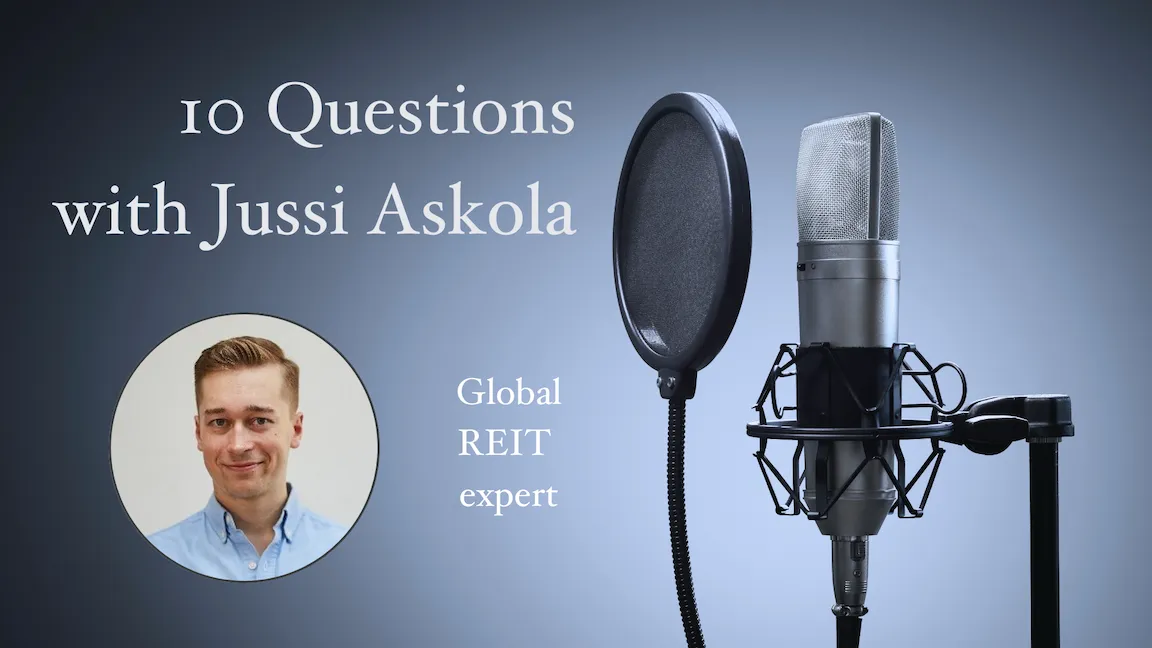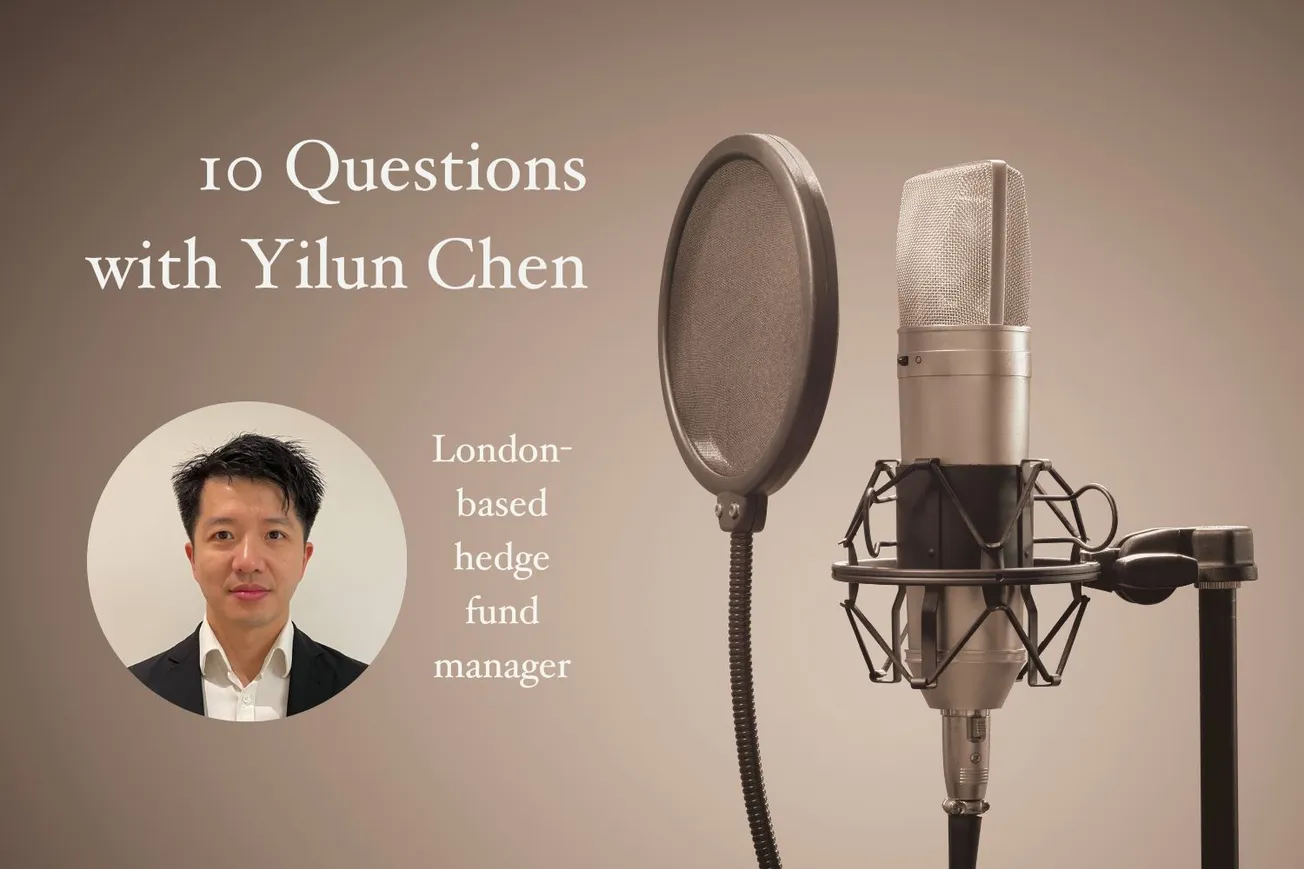10 Questions with Jussi Askola
Global REIT expert. Estimated reading time: 13 minutes

Latest

The DRAM capital cycle
My friend MacroValue recently noted that the spot price for DDR5 memory chips has started declining, after an incredible rise from September 2025 onwards: This decline begs the question: Is the DRAM capital cycle nearing its peak? The "capital cycle" concept comes from Edward Chancellor who put together

India's development trajectory
Last week, I read Amitabh Kant's book Made in India, which examines the growth of private-sector entrepreneurship in India. Let me share the key insights from the book: One is that many of today's conglomerates – Tata, Birla, Godrej, Bajaj, Cipla, etc. – were formed during the British





